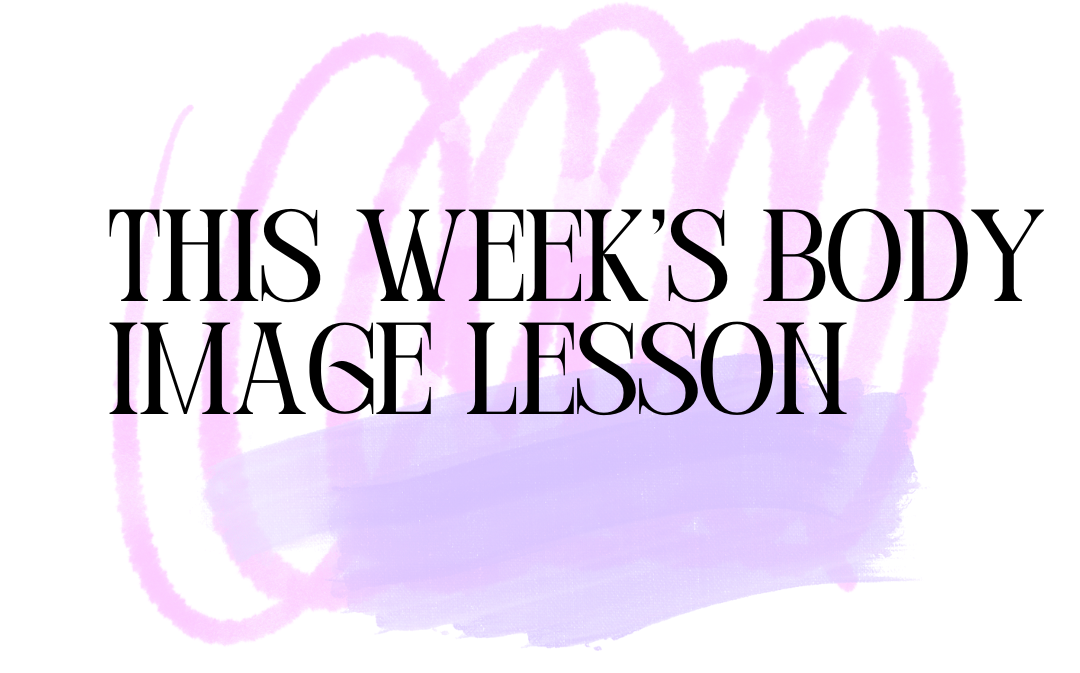June 10: A 20-ish minute audio/visual tutorial titled, “How To Talk To Friends, Family & Co-Workers About Weight Stigma” for paid subscribers.
Checking in weekly with your body image can help you feel less overwhelmed and may even help you spot positive or negative patterns. Let’s do this!
No matter how you answered, kudos for taking the time to notice how you feel. Next question…
Trying to locate where your body image feelings live is a great practice in self-awareness and embodiment. Next question…
Having a small, easy action item helps you learn to take care of yourself and your body image. Ready for your last check-in question?
This week, notice if checking in with your body image helped you feel more clear or empowered.
Scroll all the way down & hit play to get a quick grounding exercise + pep talk from me and listen to this week’s body image lesson, or keep reading…
But before we begin, I have 2 quick questions for you:
This week I was talking with a nutritionist friend, Erin, who uses Internal Family Systems (IFS) in her work with people who are recovering from eating disorders. In the IFS model, each of us has many, many parts - sort of like a big ol’ family living inside of us metaphorically. Just like a family, there are lots of different personalities in the mix.
Some parts are sweet and soft, inquisitive and adventurous. Others can be critical or downright mean, but every part (even the mean ones) is actually you, and plays an important role. In IFS, there is no such thing as a “bad” part.
An eating disorder can be a part. The part of you that says mean things about your body can also be a part. These parts may seem antagonist, but here’s the thing: in IFS, their goal is always to protect you.
“What is my eating disorder (ED) or body-shaming part protecting me from, exactly?” you might be asking.






